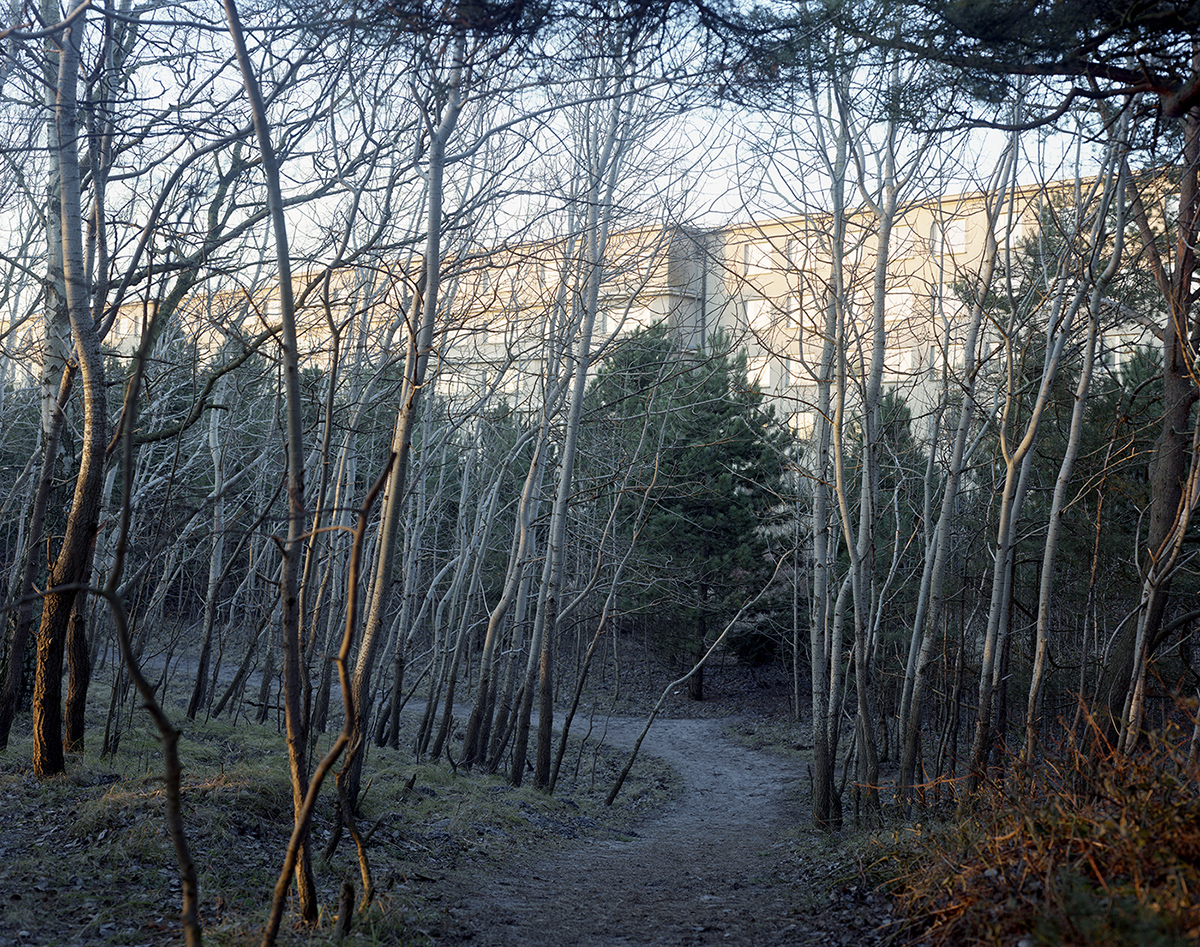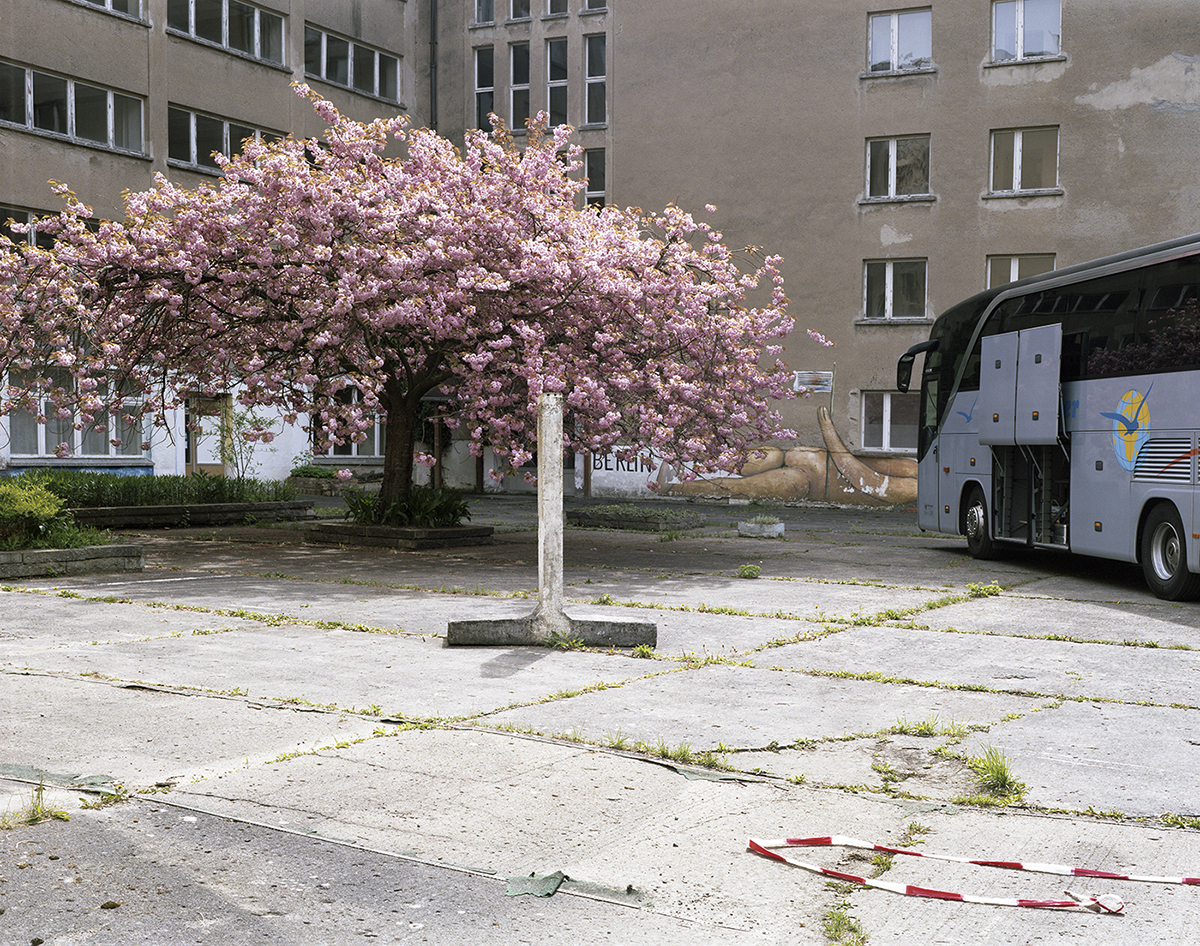In June 2014 Borst graduated from the art academy of Utrecht (HKU) with a specialization in photography. During her studies she finished several projects out of which ‘PRORA’ was the most recent. In all her projects she investigate the way in which individuals or communities are influenced by major government inflicted changes in their environment. While these changes are usually determining for both the life style and the life standard, the way in which individuals cope with can vary tremendously. Documenting these changes and investigating the means by which people approach them as a community is central to her work. With her projects, she would like the audience to consider situations that are ambiguous by nature and ask whether injustice is being imposed or whether we simply like to imagine injustice. Today we share Linda’s series titled PRORA (Gesicht Des Wandels).




PRORA (Gesicht Des Wandels)
In Prora it is not easy to deny the past. Along the coastline and in the midst of scenic dunes a massive, 4.5 km long building dominates the landscape. As part of Hitler’s Kraft Durch Freude program, this structure was originally meant to serve as a hotel for the working class in Nazi-Germany. However, due to the onset of the Second World War, construction of the so-called ‘Giant of Prora’ was ceased and the hotel was never finished. From the onset of the Second World War until the end of the Cold War, Prora was used exclusively for military purposes. After the collapse of the `DDR, it was abandoned and left to deteriorate. Currently, developers are reconstructing the ‘Giant of Prora’ in order to build luxury apartments in the enormous structure.
Given the history of Prora, she was very much surprised by the current realization of Prora as a holiday resort. Intrigued by this seemingly sinister irony Borst travelled to Prora in the summer of 2013 in order to examine how the local community conceives the current reconstruction. While in Prora she found that each individual connects differently with the historic building. Within some inhabitants traumatic memories of the past predominate. Christian Schmidt refused service in the East German army but was stationed in Prora for one and a half year as a so-called ‘bausoldat’. “It felt like forced labor” he says. “We could not move freely. Within ‘The Object’, as we called the structure in military jargon most areas were restricted.” In contrast, others are very enthusiastic about the economic boost that the revival of Prora will provide. What started off as a simple inventory grew into a thorough analysis of ideologies reflected by the structure and the influence of these on the local community. This was visualized by the combination of portrait and landscape photography showing the stark contrast between the massive building and the individuals that make up the community of Prora.
















To view more of Linda’s work please visit her website.